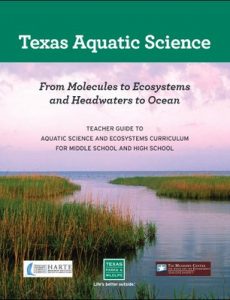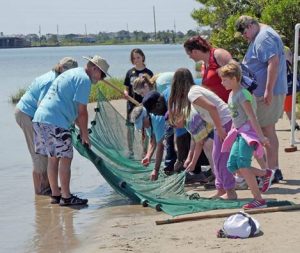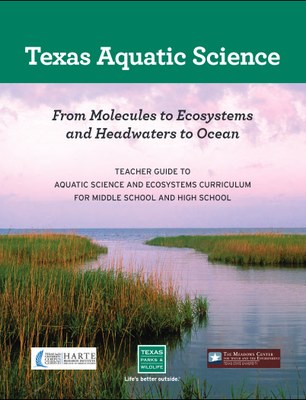Back to School Week: Aquatic Science
Thursday, August 9th, 2018This is Passport to Texas Back to School Week
Of all the things that students study this year when they return to the classroom, Texas Aquatic Science may be among the most important.
Texas aquatic science is the study of anything aquatic. Whether it be the habitat, the plants, or the animals that live in it.
Melissa Alderson is the conservation education manager with Texas Parks and Wildlife. For most living things, water is life.
So, it’s really important that we look at water as a resource and protect the water that we have here.
Melissa and her team train middle school and high school teachers in this hands-on aquatic science curriculum. Educators impart the information to students both in the classroom and in the field.
And if they don’t have any water in their backyard, they can always contact a certified field site. Those are agencies that have programs that do water quality monitoring, watershed activities…where they can take a field trip to do Texas aquatic science.
The benefits of Texas aquatic science curriculum are far reaching.
If we get the kids, at a young age, to protect those resources through science investigations, games, models, internet projects, then when they get older, they’re going to be the ambassadors for the water here in Texas.
Bring Texas Aquatic Science to your classroom; learn how when you click the Education tab on the Texas Parks and Wildlife website.
The Sport Fish Restoration Program Supports our series.
For Texas Parks and Wildlife, I’m Cecilia Nasti.





 Passport to Texas is a
Passport to Texas is a  Passport to Texas is made available by:
Passport to Texas is made available by: